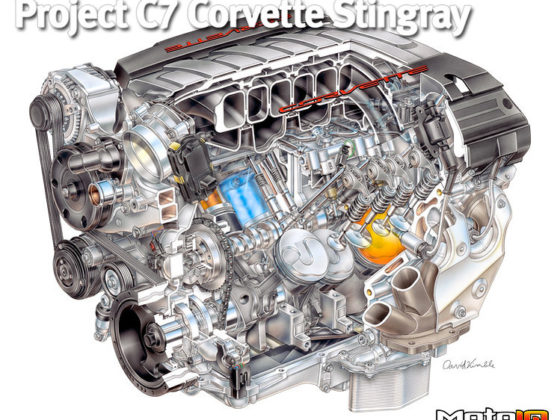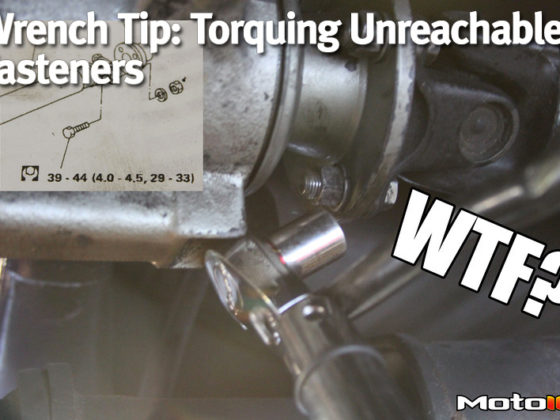,

Whiteline chose to use MotoIQ staffer, Clint Boisdeau, for the on-track test driving. Clint has a long and successful resume in both Time Attack and wheel-to-wheel racing in addition to working full time as a driver coach at the Porsche Experience Center.
We ran the car at Willow Springs Raceway’s Big Willow course. Big Willow is a difficult, high-speed course that puts the maximum stress on a car’s braking and handling. High-speed balance is one of the most difficult handling aspects to tune on a production car, and Whiteline felt that if a car works well at Big Willow, it can work well nearly anywhere.

Clint felt the new front suspension worked extremely well over Big Willow’s high speed and bumpy surface. Even though the stock dampers and springs were over worked, especially with the large and grippy, 275mm hankook RS3 rubber all around, the improvement of the new front lower control arm configuration is obvious from the previous design. The caster seems more pronounced and gives a more communicative steering feel. This makes it extremely easy to read what the front is dealing with and to place it precisely on the proper apex.
The new IRS rear suspension, on the other hand, even though it more compliant over the live axle on surface imperfections, is not as progressive or easy to read as the old solid axle rear suspension.
Clint felt the new IRS holds grip, and comes off of corners well, thanks to Ford’s suspension engineering. However, the new rear suspension lacks communication to the driver. The IRS, in combination with a limited slip differential with vague locking characteristics, is difficult for beginners and intermediate track day drivers to know how soon the rear is going to rotate on them.
The car could benefit greatly from improved control arm bushings and Whiteline will be addressing that. In Clint’s opinion the car could also use a mechanical clutch-type limited slip differential, as it will make the new rear IRS suspension less of a mystery under dynamic driving on road courses.


For the next stage Whiteline is going to install their first level of suspension modifications, which includes lowering springs adjustable sway bars and performance endlinks. The lowering springs will lower the front of the car 35mm and the rear 30mm. The front spring rate is 202 in/lbs while the rear is 673 in/lbs. Don’t freak out, the rear rates are a lot higher due to the motion ratio of the rear suspension.
Their 35mm 3-way adjustable front sway bar and 25mm 3-way rear bars with heavy duty adjustable solid ball joint end links will be used. This will not only improve balance and limit excessive body roll but will also allow the user to fine to the chassis balance.
Although not shown, Whiteline will also install their stiffer urethane rear subframe mount kit and differential mount inserts. Their stiffer urethane bushing positive shift kit bushing will be used as well.
We’re really looking forward to seeing how this build progresses and how it will be on track once the build is complete. So be sure to check back for more updates on Whiteline’s Ford Mustang build.
Sources



